The Sony A6700 and FX30 are vastly different cameras, not only in terms of their design but also their target audience. However, they both feature the same 26MP APS-C BSI sensor and share several video specifications, including 4K 120p recording. This surprising commonality brings them closer together than one might initially assume.
So, what precisely distinguishes them, and which one should you choose? In this article, I will delve into the ten main differences to help you make an informed decision.
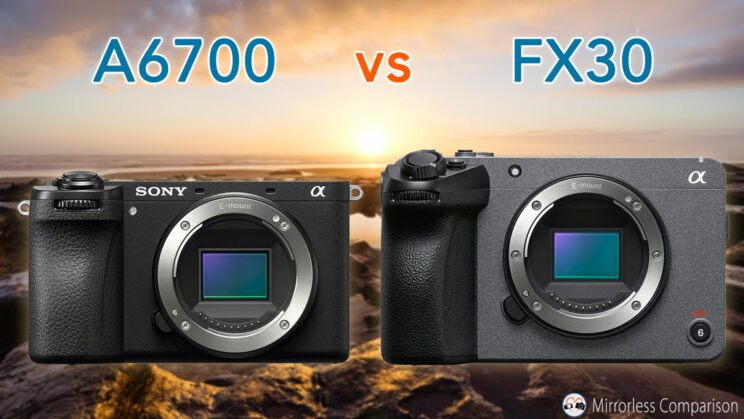
Ethics statement: the following is based on official specs. We were not asked to write anything about this product, nor were we provided any compensation of any kind. Within the article, there are affiliate links. If you buy something after clicking one of these links, we will receive a small commission. To know more about our ethics, you can visit our full disclosure page. Thank you!
1. Body Design
The FX30 is larger and heavier than the A6700, but both cameras offer dust and moisture resistance as well as a magnesium alloy shell, ensuring durability.
- A6700: 122.0 x 69.0 x 75.1 mm, 493g
- FX30: 129.7 x 77.8 x 84.5 mm, 646g
The FX30 features a rugged design specifically tailored for video shooters. It incorporates five 1/4-20 threaded mounting points around the body, allowing for easy attachment of accessories and reducing the need for a separate “cage.” Additionally, the camera includes three tally lamps that turn red when recording, similar to professional cinema and broadcast cameras.
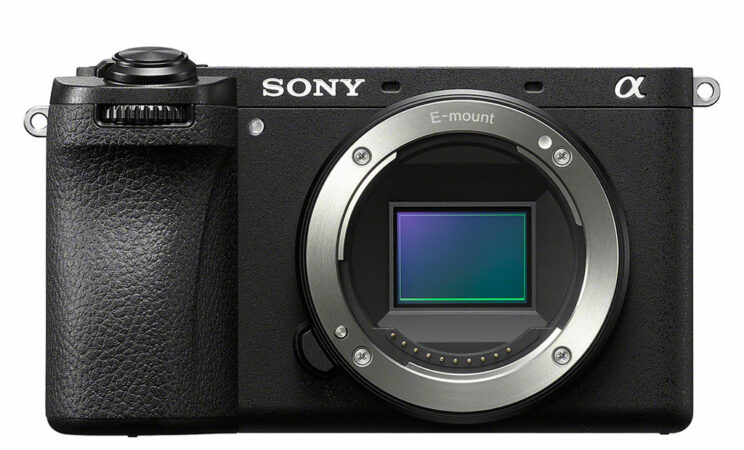
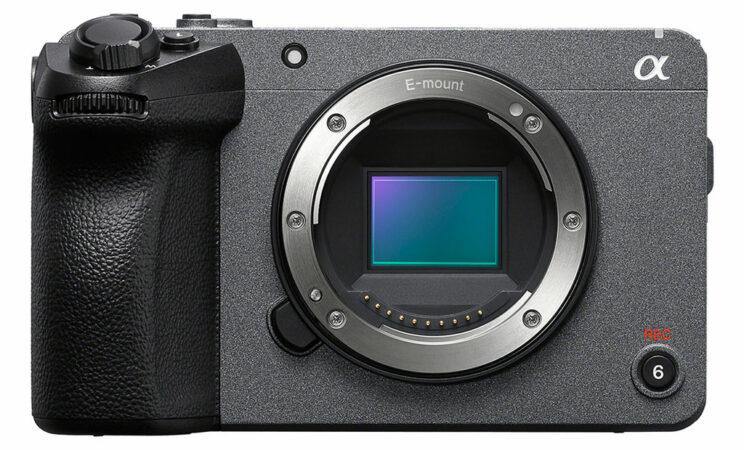
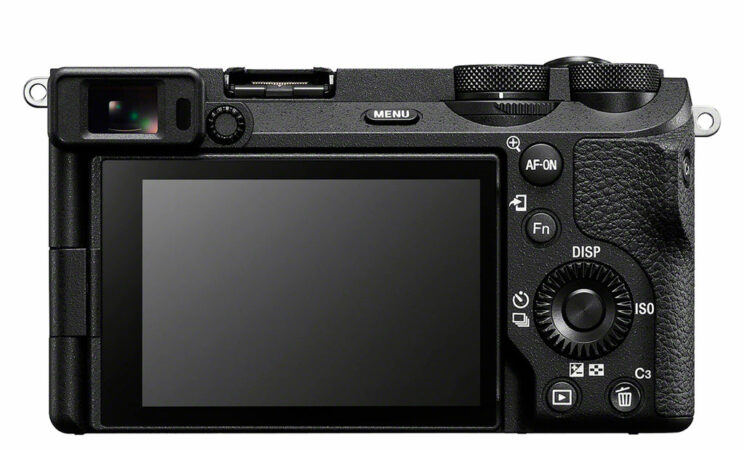
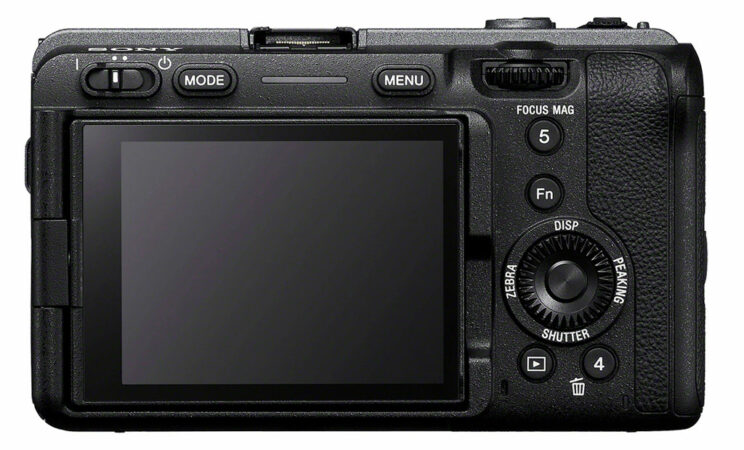
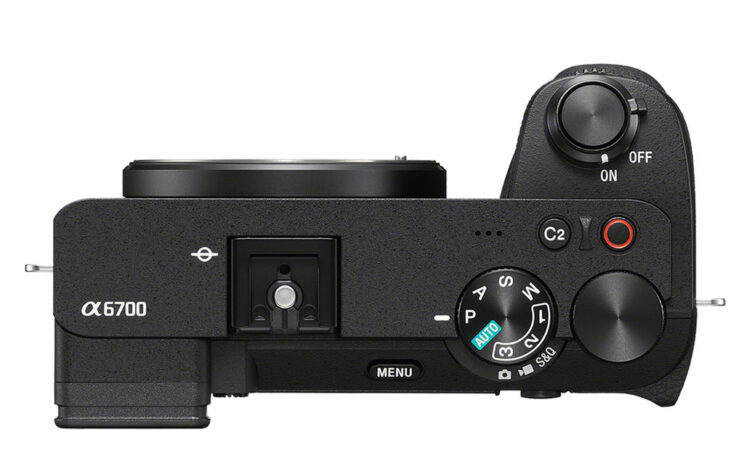
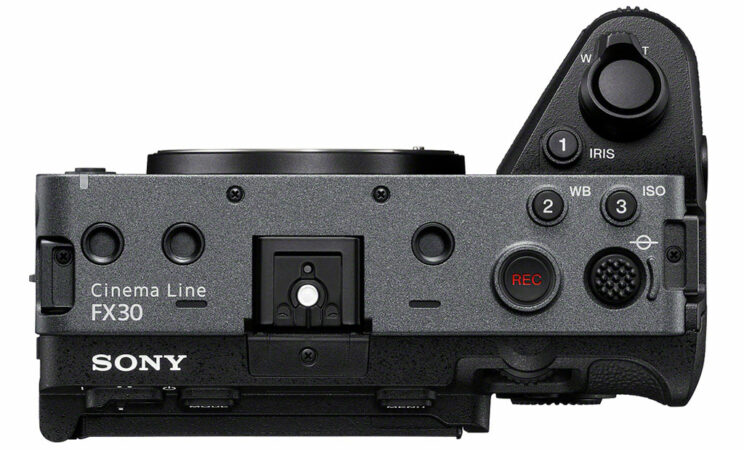
Another distinction lies in the button layout. For instance, the switch built around the shutter button serves as the on/off lever for the A6700, whereas on the FX30, it is utilized to control the electronic zoom mechanism of select lenses. Furthermore, the FX30 lacks the main shooting dial typically found on top of the camera, as it is replaced by the MODE button located at the rear.
On the FX30, certain buttons are larger and feature different textures or designs, making them easier to identify by touch without the need to visually locate them.
2. Photography Functions
If you have an interest in both photography and video, you will quickly realize why the A6700 is the better choice.
The FX30 has certain limitations when it comes to photography. It lacks a mechanical shutter and relies solely on the electronic shutter. While the sensor readout is fast, it is unable to completely eliminate the rolling shutter effect during fast-action scenes.
Moreover, the FX30 does not offer a continuous shooting mode, unlike the A6700, which can achieve a high-speed burst shooting rate of 11 frames per second with an excellent buffer capacity when working with JPEG files.
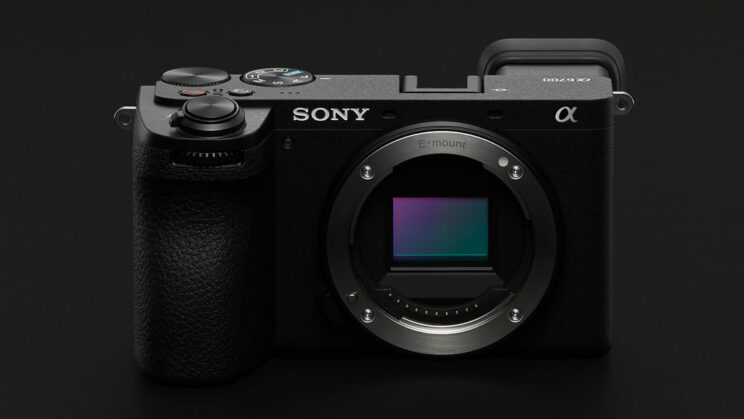
In terms of photography capabilities, the A6700 outshines the FX30. It allows you to capture images in lossless compressed RAW format or the modern HEIF 10-bit format. Additionally, it provides extra features tailored specifically for photographers, such as Focus Bracketing.
3. Viewfinder
Undoubtedly, one of the key factors that solidifies the A6700’s position as a photo camera is the inclusion of an electronic viewfinder.
While the specifications of the EVF may not be groundbreaking by today’s standards (2.36 million dots, 0.70x magnification, and 120 frames per second refresh rate), its presence is highly valuable. It offers a level of convenience and precision, especially in bright outdoor conditions where the LCD screen may be difficult to view.
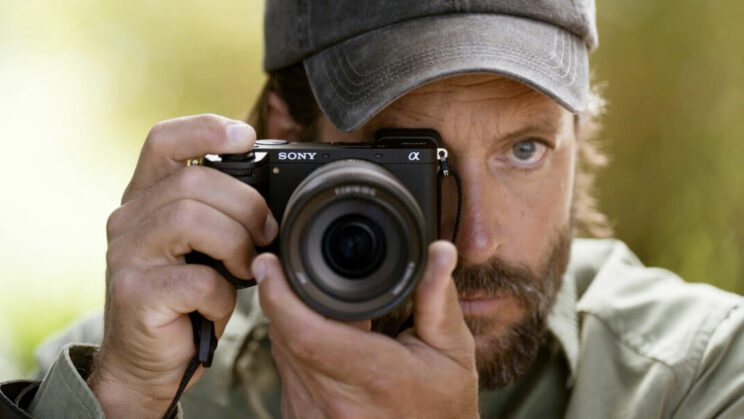
Furthermore, it is important to highlight that an EVF can also offer advantages for video recording, for the same reasons explained above. This is why it is unfortunate that the FX30 does not include a built-in electronic viewfinder.
4. Video Functions
The FX30, being part of Sony’s cinema line, may lead one to expect superior video capabilities. However, it’s not as straightforward as it seems, as these two cameras share the most crucial specifications, including:
- 4K 60p with a small 1.04x sensor crop
- 4K 120p (with a heavy 1.58x crop)
- Unlimited recording (subject to ambient temperature, card capacity and battery life of course)
- 10-bit 4:2:2 internal
- 600Mbps max. (with All-Intra compression)
- Dual Base ISO (800 and 2500)
- S-Log2, S-Log3, HLG and S-Cinetone profiles
- Custom LUTs
- Breathing Compensation
- Webcam mode for direct streaming using the USB C port
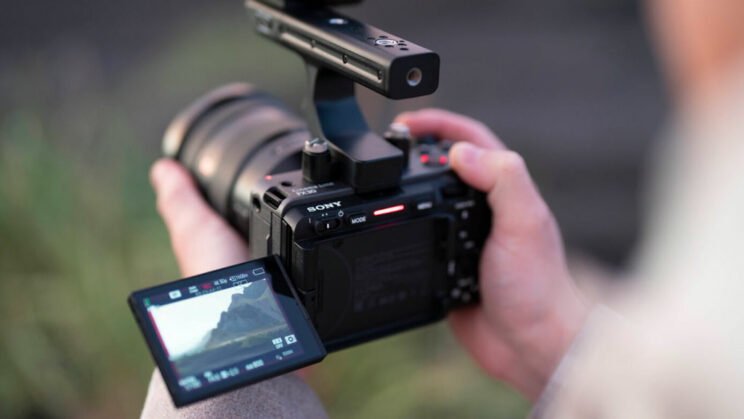
That being said, the FX30 does have some additional advantages up its sleeve. Its larger size suggests it may handle prolonged recording sessions better in terms of heat dissipation. Moreover, it offers extra specifications that are not present in the smaller camera, such as:
- 16-bit RAW output via HDMI
- Cine EI aid mode when recording with S-Log3
- Time code sync
On the other hand, the A6700 also brings its own set of tricks. For instance, it features the Auto Framing mode, which automatically crops the sensor to follow the subject and keep it centered in the frame, simulating the movement of a camera operator tracking a person speaking in front of the camera. This function proves useful for vloggers who often work solo while on the go. Another noteworthy addition is the ability to create a video file in-camera using all the frames captured with the time-lapse function.
5. Autofocus
Both the A6700 and FX30 offer advanced autofocus systems with deep learning capabilities. They are capable of recognizing and tracking the eyes of subjects such as people, animals, and birds in both stills and video. With 759 phase detection points covering 93% of the sensor area, they provide precise and extensive autofocus coverage. Additionally, they have a decent low light rating of -3.0EV (f/2, ISO 100), enabling reliable autofocus performance in challenging lighting conditions.
However, the A6700 benefits from the latest version of the autofocus system, powered by dedicated AI processing hardware. This results in enhanced face and eye detection capabilities. The camera can accurately recognize and track the entire body of humans, even when they are wearing helmets or adopting various postures. It also extends subject tracking capabilities to animals (body, head), even when they are facing away from the camera. Furthermore, the A6700’s autofocus system can track insects and various types of vehicles, including airplanes and cars.
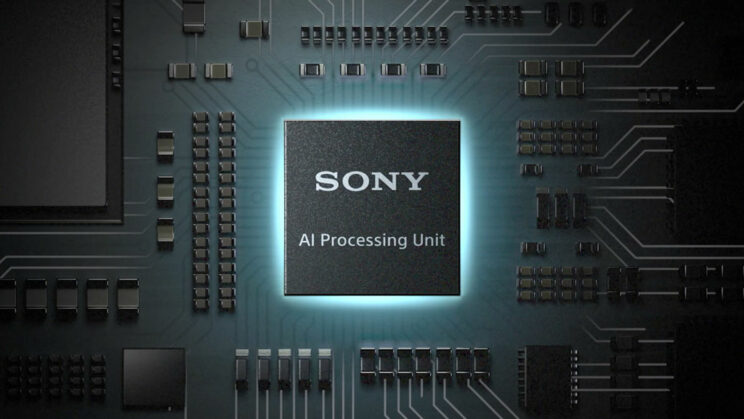
6. Memory Cards
The A6700 features a dedicated compartment for the SD card, providing a convenient and easily accessible storage solution. However, it only offers one slot, which is compatible with UHS-II cards.
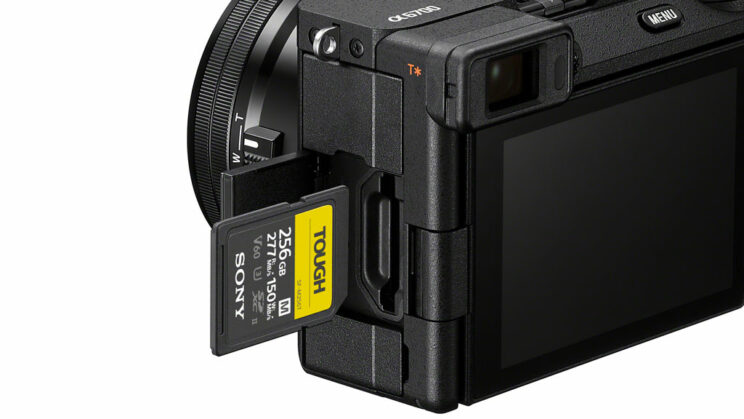
In contrast, the FX30 offers the advantage of two card slots. What’s even more impressive is that these slots are hybrid and can accept both SD UHS-II cards and the faster CFexpress Type A cards. This flexibility in card compatibility allows for greater versatility and adaptability in storage options when using the FX30.
7. Connectors
Videomakers will certainly appreciate the inclusion of a full-size HDMI port on the FX30, which offers a more robust connection compared to the smaller Micro HDMI connector found on the A6700.
Furthermore, the FX30 features an additional USB 2.0 connection that can be used for time code synchronization.
For the rest, both cameras share in common a:
- 3.5mm mic input
- 3.5mm headphone output
- USB C port with 10Gbps speed
- Multi-Interface shoe with digital audio
8. LCD Monitor
Both the A6700 and FX30 are equipped with screens featuring a vari-angle mechanism, providing flexibility in adjusting the viewing angle. However, it is worth noting that the FX30 LCD boasts higher resolution, with 2.36 million dots compared to the 1.04 million dots on the A6700.
The two displays are touch-sensitive, offering a comprehensive touch experience. Users can utilize the touch functionality for various tasks, including navigating the menu system and adjusting settings.
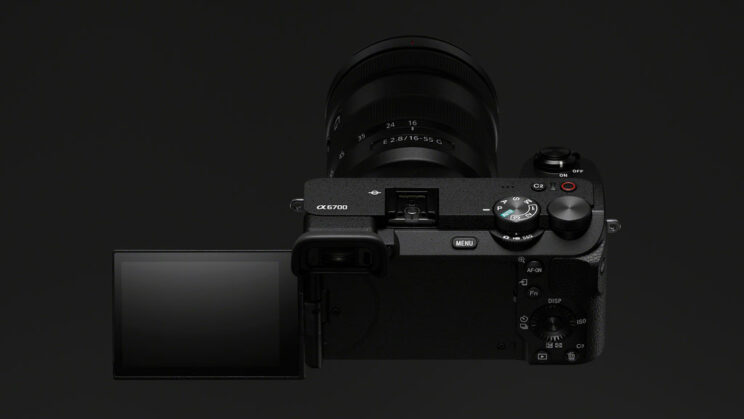
9. Image Stabilisation
Here we have a minor difference, but it’s still worth mentioning: both the A6700 and FX30 are equipped with 5-axis sensor stabilization. However, the FX30 offers a slightly higher rating of 5.5 stops of compensation compared to the A6700’s 5 stops. In real-world use, their performance is likely to be similar.
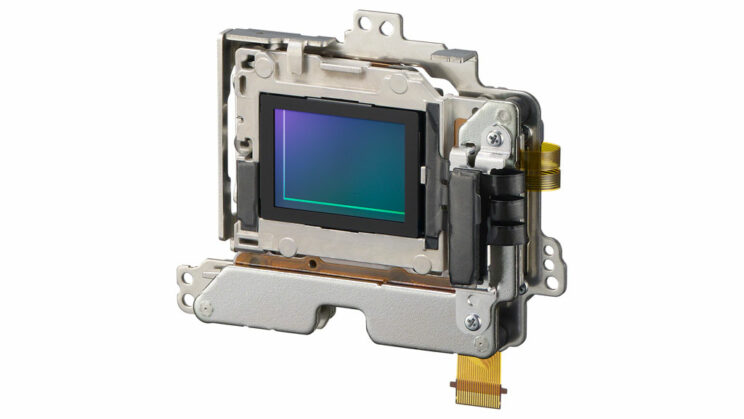
Furthermore, they both provides additional options for video. They feature an Active SteadyShot mode, which utilizes electronic stabilization to further enhance the stability of footage. Additionally, the two cameras are compatible with the Sony Catalyst app, allowing you to stabilize footage in post-production using the gyro sensor data captured by the cameras.
10. Price
The final and perhaps most significant point to consider is the substantial difference in price between these two products.
The A6700 is more affordable, with a retail price of $1400 in the US, £1450 in the UK, and €1700 in Eurozone countries.
In contrast, the FX30 is priced higher, starting at $1800, £2100, and €2300.
Additional comparison articles:
A6700 vs FX30
Wrapping Up
Setting budget considerations aside, which undeniably gives the A6700 an advantage, the key factor to consider is where your priority lies.
If you primarily seek a capable camera for video purposes and have minimal interest in photography, except for the occasional snapshot at the end of your shooting sessions, then the FX30 presents an enticing option. The additional benefits of its body design and supplementary functions justify the extra cost, as long as you are comfortable working without a viewfinder (or are willing to invest in an LCD loupe or external EVF).
On the other hand, if you are also interested in photography or place less emphasis on video, then the A6700 provides a significantly more appealing package at a lower price. It becomes an obvious choice, offering a comprehensive solution that satisfies both demanding photography and video needs.
Reminder: the links below are affiliate links. If you decided to buy something after clicking the link, we will receive a small commission.
Check price of the Sony A6700 on
B&H Photo


